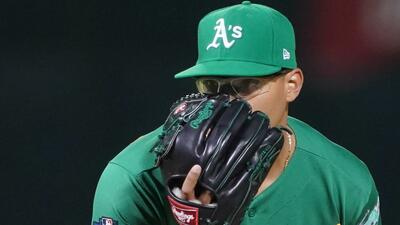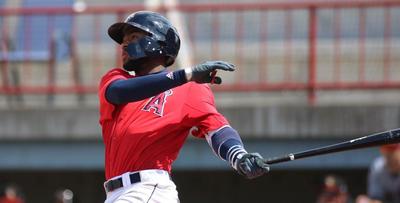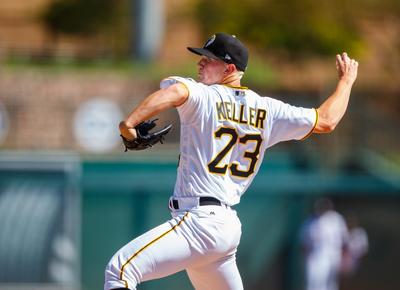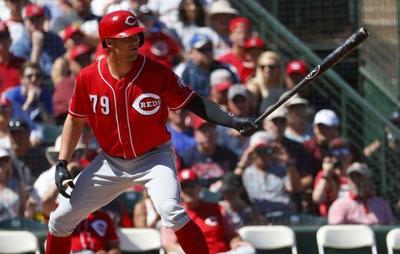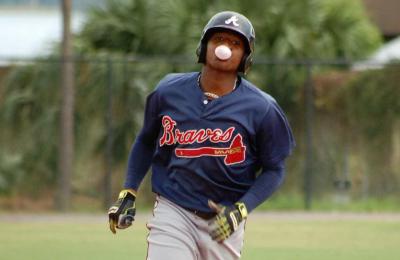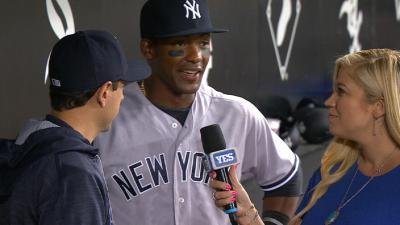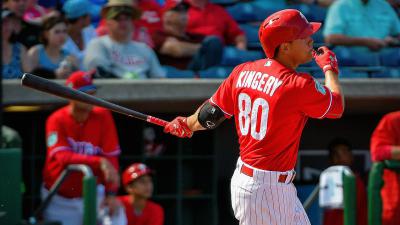Your fantasy offense is an Army.
It is, hopefully, a relentless snowfall of stats that accumulates into major problems for your opponents.
However, your pitchers are different.
Your pitching staff is instead an orchestra.
It is helpful to be aware of how the pieces interact.
Take any given day in the season. On Wednesday your Ace throws 7 innings allowing 1 run on 6 hits and a walk ... That is a satisfying Win with a 1.28 ERA and a 1.00 WHIP ... nice ...
Then one of your relievers gives up a 2-run bomb in two thirds of an inning and another reliever gives up a run in 2 innings and your bottom line on the day your Ace gets his only start of the week is 4 runs in 8.2 IP (4.18). Your staff is 1-1 on the day, with a 1.32 WHIP.
Not awful, but less than you want when your Ace pitches, especially in head to head leagues.
Now on Thursday, maybe your 5th starter is going, and he gives up 4 runs in 6.2 IP (5.40) with 8 hits and 3 walks (1.64) ...
If then one of your relievers turns in a perfect 1.2 IP, your line on your 5th starter's day is now 4.33 (over a run better) and 1.32 WHIP (a hair under a 20% gain). That makes a better-than-league-average day and the day when your 5th starter pitches, thanks to a nice, tidy, contribution of 5 clean outs from your relief staff.. Add another strong inning from your closer and you are down to 3.85 and 1.17.
This all works similarly whether we are talking about a day, or a week in a head-to-head matchup, or all year long in a rotisserie format . The point is that all of your pitcher's numbers work together to form the whole and that can be good news or bad news.
Unlike hitters who contributions are mostly cumulative, pitchers can negatively affect some of your team's columns. In fact, negatively affecting those columns is considerably easier than positively affecting them.
It's important to keep in mind that the 4th and 5th starters, and the 3rd and 4th relievers on your staff aren't throw-ins. They spell the difference between money well spent on your top pitchers and money wasted. A bad performance from one those pitchers can often have a much bigger impact than a great performance by the top of your staff. That becomes quite clear when one of your relievers gives up 4 runs and 5 hits in the space of an out. It's going to take a great start and then some just to get back to average after a bombing like that. In other words even Johan Santana can't effectively whitewash disastrous pitching performance from the bottom of your staff. And what ever he does contribute towards that end is wasted. You only get so many starts from your Ace. Giving two up to fix a bad relief performance is a poor way to spend them.
Because of this, you can't afford be indifferent about filling out the bottom on your staff. If anything you should be more diligent and proactive about your last four pitchers than you are about your first four. It very easy for your bottom four pitchers to determine your staff's statistical destiny, wasting all the resources you spent to acquire your top 4 pitchers. You job is to not let them do that.
You need to re-evaluate the power of a non-save reliever who gets 5 or six outs every couple of days and does it fairly benignly. That pitcher can make your bottom three starters play like top of the rotation starters (as demonstrated above). They can throw a lot of whitewash on some less than stellar starts.
Just for the fun of this week add 4 outs to every one of your starts this week, and see how much brighter the sun shines for you and how much richer your Dunkin' Doughnuts coffee tastes.
You also need to learn to love the Quality Start ... or at least Quality Start percentage (QS%).
The role of your bottom two starters in most cases, and bottom three in some cases, is to keep your better starters looking good. They are the string section in our "orchestra", supporting the "horns" at the top of your rotation. The job of these starters is not to improve your numbers. If they do, that is gravy. The job of your lower starters is to not screw up what your better starters are doing.
A quality start is at least six innings allowing three runs or less. That results, worse case scenario, in a 4.50 ERA. That is a better-than-league-average ERA. It is a better than average start. If your last three starters throw quality starts, they post better than average numbers. Add in the hopefully strong numbers from your top two starters and you are going to post a very competitive week.
What separates the better bets among the vast masses of mediocre starters is QS%. Anything less than a Quality Start will undermine what your good starters post, essentially lowering the level of their performance.
What you want to know is the odds that in any given start that your lower starters are going to hurt you. The MLB average says it's about a 50/50 shot for the average pitcher. Actually 50.5% of the time you are not going to get a quality start.
Over the last three years Roger Clemens (71.4 QS%), Ben Sheets (70.8%), Johan Santana (70.4%) and Roy Oswalt (70.4%) have been the most consistent starters. As you can imagine, most #1 and #2 starters do well in this regard. But what about the valuable guys who produce QS more often than not but don't cost and arm and a leg?
How about Chuck James (66.7%), Bronson Arroyo (62.5%), Joe Blanton (61.9%), Kelvim Escobar (60.9%), Kris Benson (60.0%). These are all great starters to fill out the middle and bottom of your staff with, but they are still "names" of some level. The key is identifying very cheap, yet fairly reliable starters in the relative bargain bin, for example Aaron Cook (60.0%), Paul Byrd (59.3%), Dan Haren (58.3%), Livan Hernandez (57.1%), Jon Garland (56.2%), David Wells (56.0%), and David Bush (54.2%)...
These guys give you a better than average shot of escaping their starts without you having to pick shrapnel out of the posterior of your top two starters. Anyone who has seen a great start ruined by a bombing the next day can attest to how valuable that can be.
It is natural to concentrate on the top of your roster, your best and brightest, your biggest investments. But in fantasy baseball, especially on the pitching side, often the difference in the season lies not with the top 20% of your roster, it lies in the bottom 20%. Fortunately, once the season starts, that the part of the roster that is the easiest to improve.




